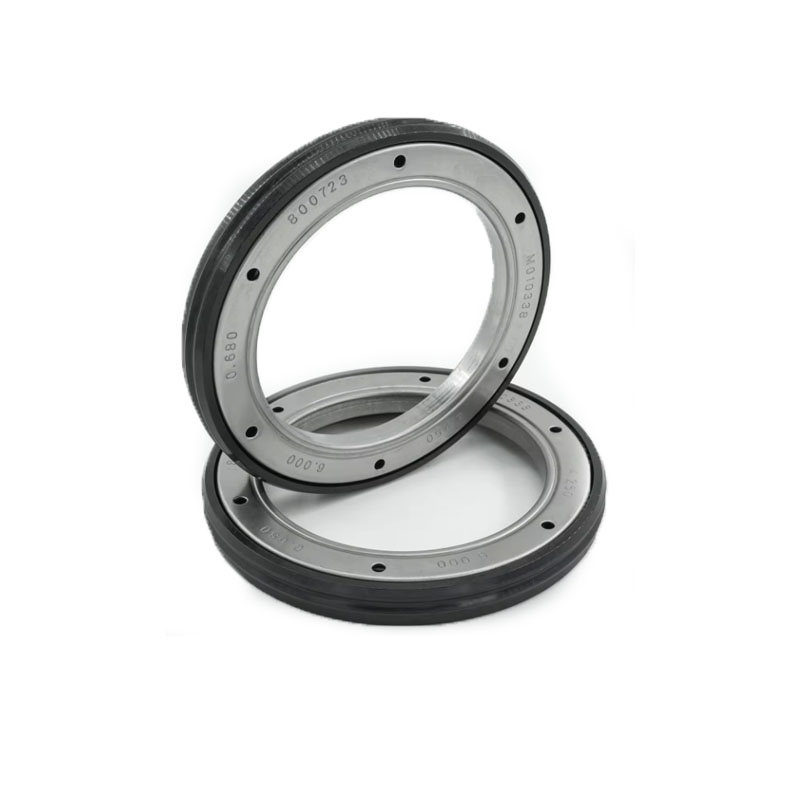spring oil seal
Understanding Spring Oil Seals Function, Types, and Applications
Spring oil seals, a critical component in various mechanical systems, play an essential role in preventing fluid leakage and contamination. Specifically designed to seal rotating shafts, these seals utilize a combination of rubber materials and metal springs to create a reliable barrier against oil, grease, and other lubricants. This article will delve into the characteristics, types, and applications of spring oil seals.
The Function of Spring Oil Seals
At the core of any rotating machinery, oil seals maintain the integrity of the lubrication system by preventing the escape of liquids while blocking the entry of external contaminants. The main function of a spring oil seal is to
1. Contain Lubricants They ensure that the oil or grease remains within the system, which is vital for reducing friction and wear on moving parts. 2. Prevent Contamination By keeping dirt, dust, and water out of the machinery, oil seals extend the lifespan of equipment. 3. Accommodate Shaft Movement The design allows for a certain degree of movement between the rotating shaft and the seal without compromising their sealing capability.
Design and Construction
Spring oil seals are typically composed of a rubber-like elastomer, which provides flexibility and resilience. The rubber lip of the seal contacts the shaft surface, forming a tight seal. A metal spring is often incorporated into the design to apply consistent pressure to the elastomer, ensuring optimal contact with the shaft, particularly under varying conditions.
Types of Spring Oil Seals
There are various types of spring oil seals available, each designed for specific applications
spring oil seal

1. Single Lip Seal This is the most common type, featuring one sealing lip. These seals are ideal for light-duty applications where minimal sealing is required. 2. Double Lip Seal Incorporating two sealing lips, these seals provide enhanced protection. They are effective in situations where the risk of contamination is higher.
3. Spring Energized Seals These seals have a spring that maintains pressure on the sealing lip throughout the operation. They are suitable for extreme temperature and pressure conditions.
4. Metallic Seals For more aggressive environments, metallic oil seals are used. They provide enhanced durability and protection against abrasives and chemicals.
Applications of Spring Oil Seals
Spring oil seals are widely used across numerous industries, including automotive, aerospace, hydraulics, and manufacturing. Some common applications include
- Automotive Engines They help seal components such as crankshafts and camshafts, preventing oil leakage that could lead to engine failure. - Pumps In water and fluid pumps, oil seals help maintain pressure while preventing leaks, ensuring efficient operation.
- Industrial Machinery From conveyor belts to heavy-duty equipment, spring oil seals are crucial in maintaining lubrication and protecting against contamination and wear.
Conclusion
In summary, spring oil seals are vital components that ensure the smooth operation of many mechanical systems. By containing lubricants and keeping contaminants out, they play a significant role in enhancing the efficiency, reliability, and longevity of various machinery. With their diverse types and applications, spring oil seals continue to be indispensable in modern engineering. Understanding their function and characteristics can help industries make informed decisions when selecting the appropriate sealing solutions for their machinery.
-
The Ultimate Guide to Boat Propeller Bearings and Trailer Wheel Bearings
News Jul.31,2025
-
The Essential Guide to Marine Bearings and Boat Trailer Wheel Bearings
News Jul.31,2025
-
The Complete Guide to Heavy Duty Seals: Protecting Doors and Spaces Efficiently
News Jul.31,2025
-
Essential Guide to Marine Shaft Bearings and Boat Trailer Axle Bearings
News Jul.31,2025
-
Comprehensive Guide to Marine and Trailer Bearings for Safe Boating and Transport
News Jul.31,2025
-
Comprehensive Guide to Automotive Oil Seals: Protecting Your Engine and Shafts
News Jul.31,2025
-
Understanding Automotive Oil Seals: Essential Components for Engine and Shaft Protection
News Jul.30,2025
Products categories















